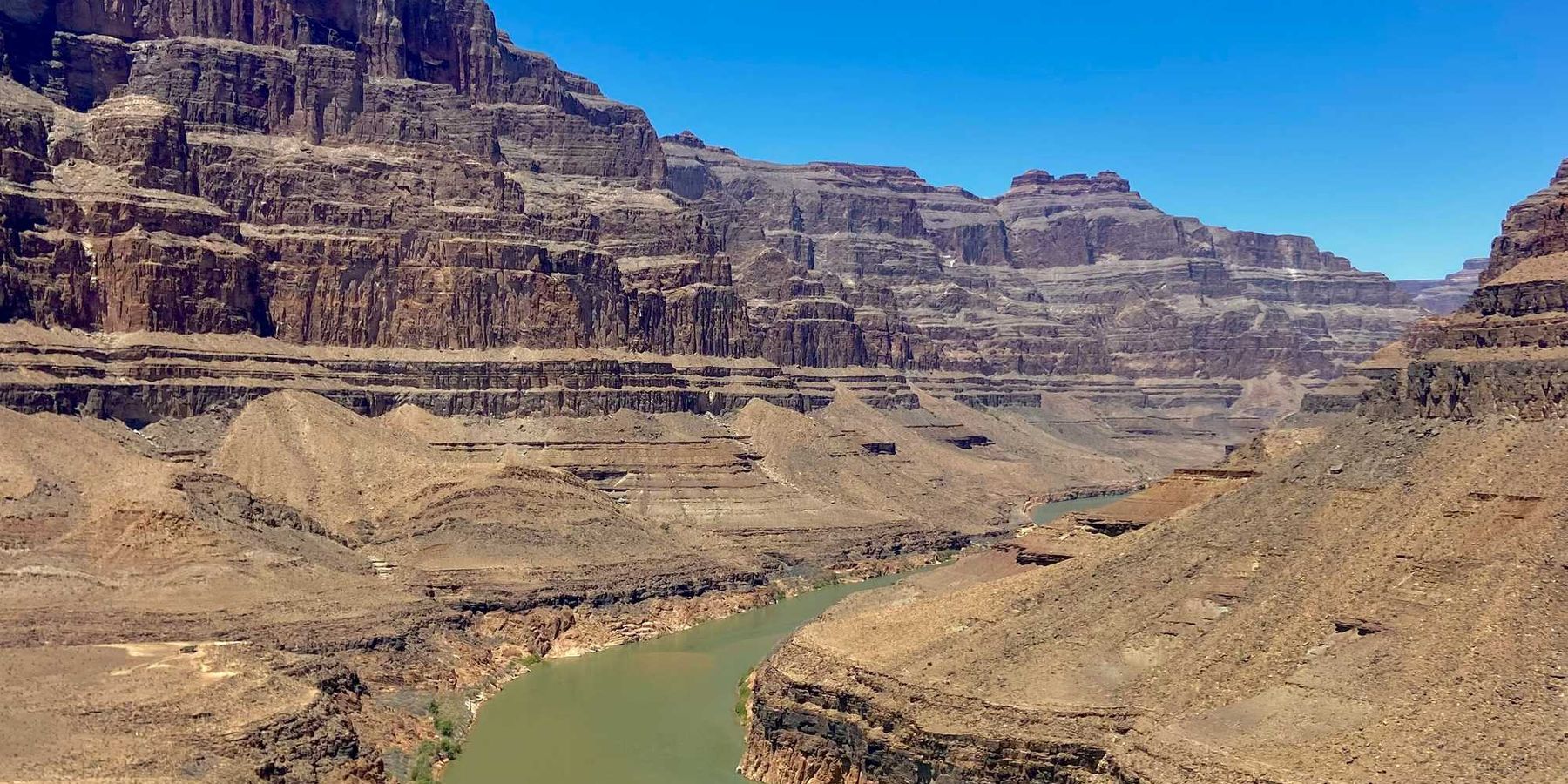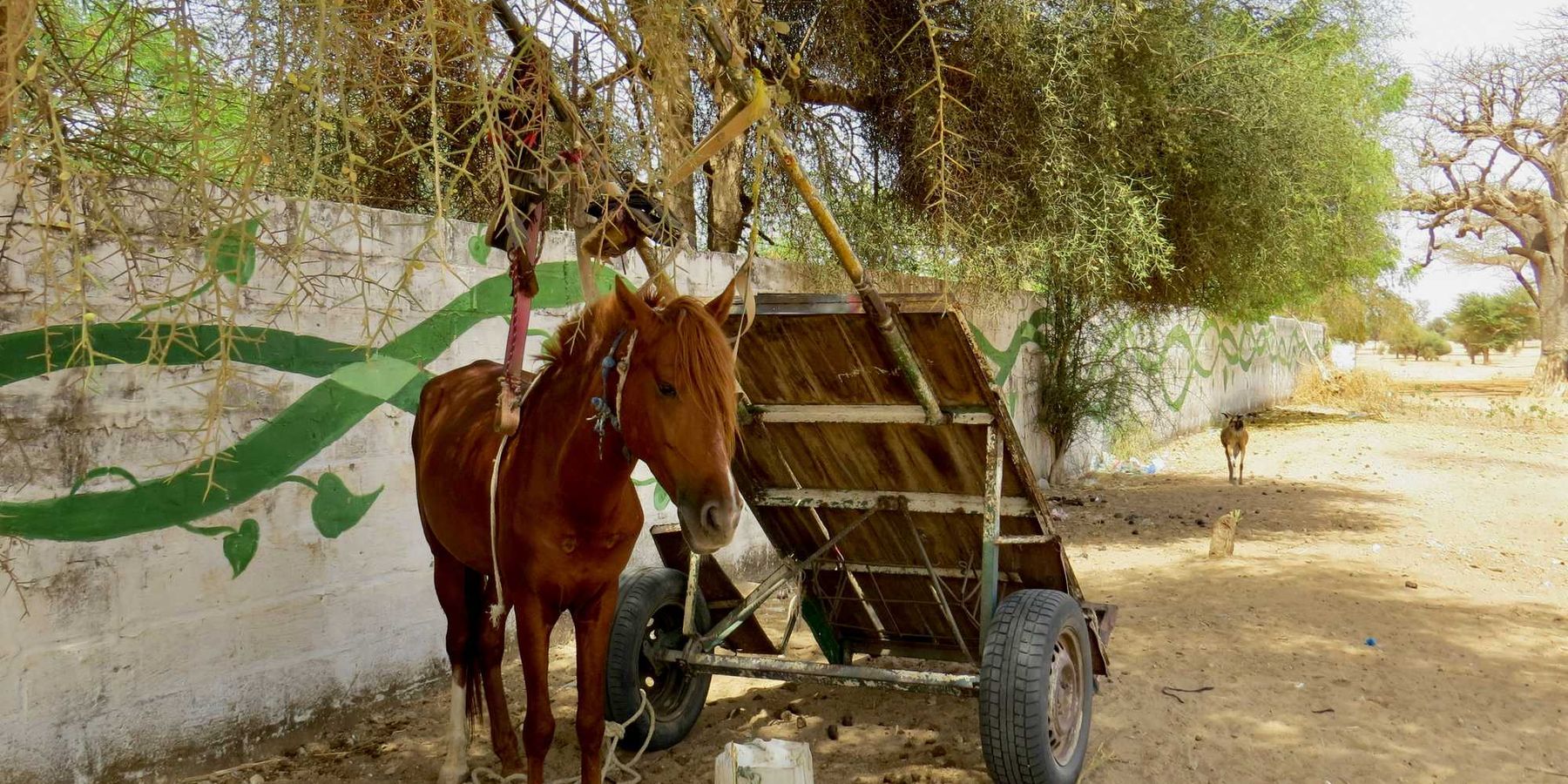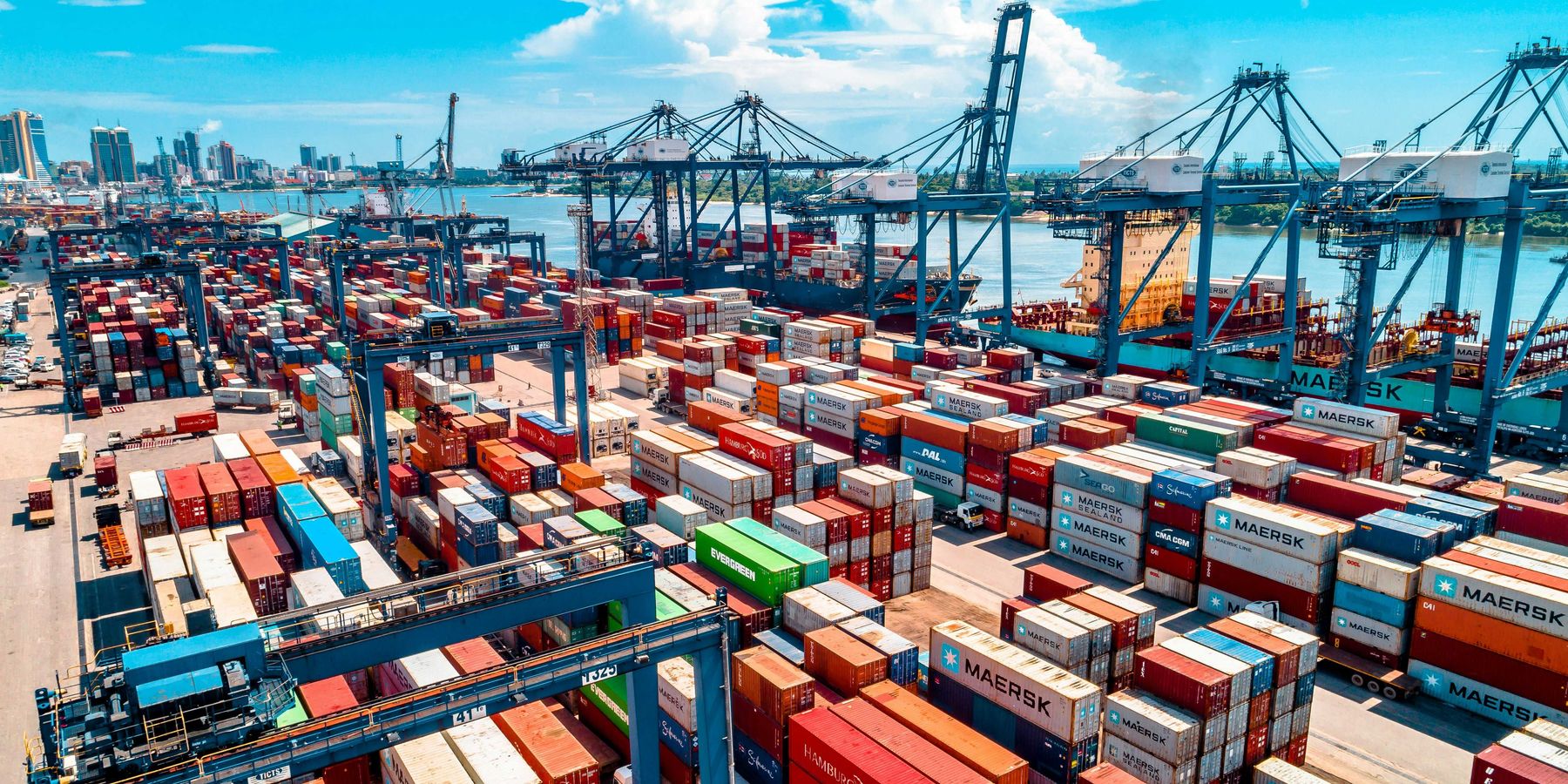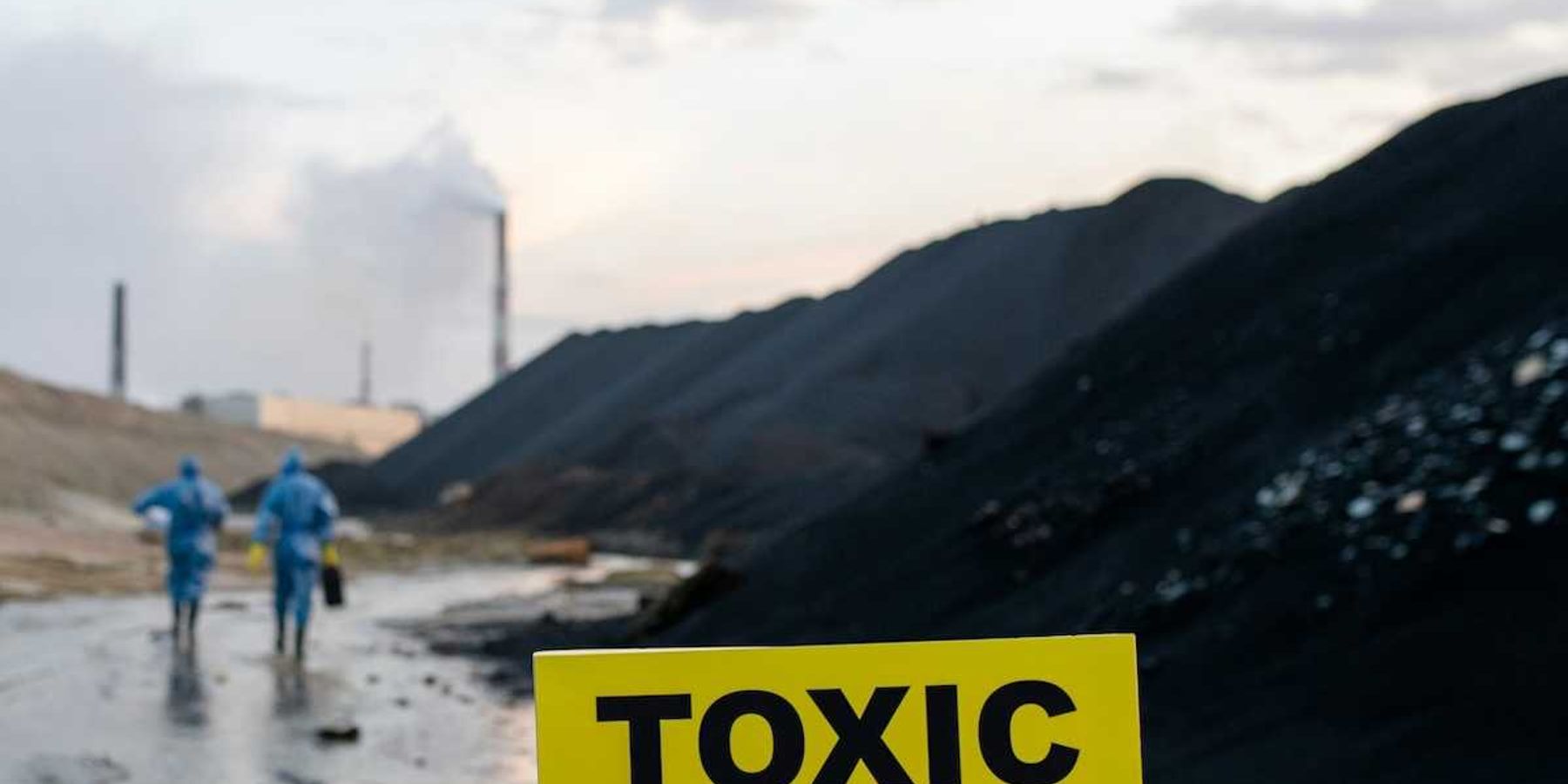Russia's war on Ukraine significantly increases global emissions
The ongoing conflict between Russia and Ukraine has led to greenhouse gas emissions exceeding those of 175 countries annually, contributing to the global climate crisis, according to a new report.
Nina Lakhani reports for The Guardian.
In short:
- Russia's invasion has released 175 million tonnes of CO2 equivalent, comparable to emissions from 90 million petrol cars for a year.
- Emissions result from direct warfare, reconstruction, landscape fires, and disrupted air travel.
- Russia faces a $32 billion climate reparations bill for the war's first two years.
Key quote:
"Russia is harming Ukraine but also our climate. This ‘conflict carbon’ is sizeable and will be felt globally."
— Lennard de Klerk, IGGAW lead author
Why this matters:
Military activities, including the use of heavy weaponry, explosions, and the mobilization of troops and equipment, contribute significantly to carbon emissions. The destruction of infrastructure and industrial facilities adds another layer of environmental degradation. These emissions exacerbate the global climate crisis, compounding the already urgent need for international climate action.













